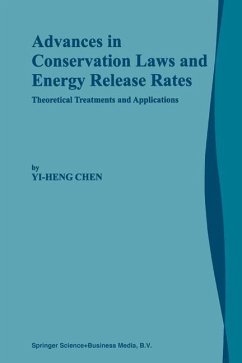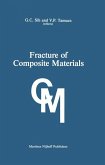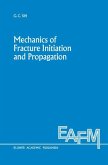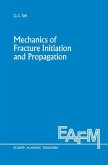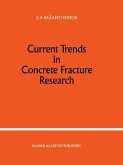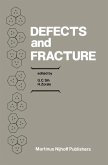This book deals with some recent advances in conservation laws and energy release rates. Unlike their conventional applications in Fracture Mechanics for single crack problems, the contents of this book are mainly concemed with the conservation lawsand energy release rates insomerelatively complex problems, i. e. , strongly interacting cracks, microcrack damage, and microcrack shielding problems in f ive kinds of materiaIs, respectively. The five kinds of materials involve four traditional structural materiaIs: brittIe solids, metallceramic bi materiaIs, anisotropic elastic solids, and dissimilar anisotropic solids; and one functional material: piezoelectric ceramics. Although this book starts from the original concepts of the Jk vector, the Mintegral, and the L integral in sin gle crack problems proposed by Eshelby (1956, 1970, 1975), Rice (1968a,b), Knowies and Stemberg (1972), Budiansky and Rice (1973), Berges (1974), Freund (1978), Cherepanov (1974, 1979), and Herrman and Herrman (1981), etc. , the extension from investigations of single crack problems to those of multiple crack interacting problems or microcrack damage problems is based on the author's (andlor co-workers) works published in recent years. From detailed manipulations and numerical examinations the author would like to show readers some new insights of the conservation laws and energy release rates. Readers will see that although these 'old' concepts were established more than 30 or 40 years ago, they play a quite important role in multiple crack interacting problems or microcrack damage problems of both structural and functional materials.

